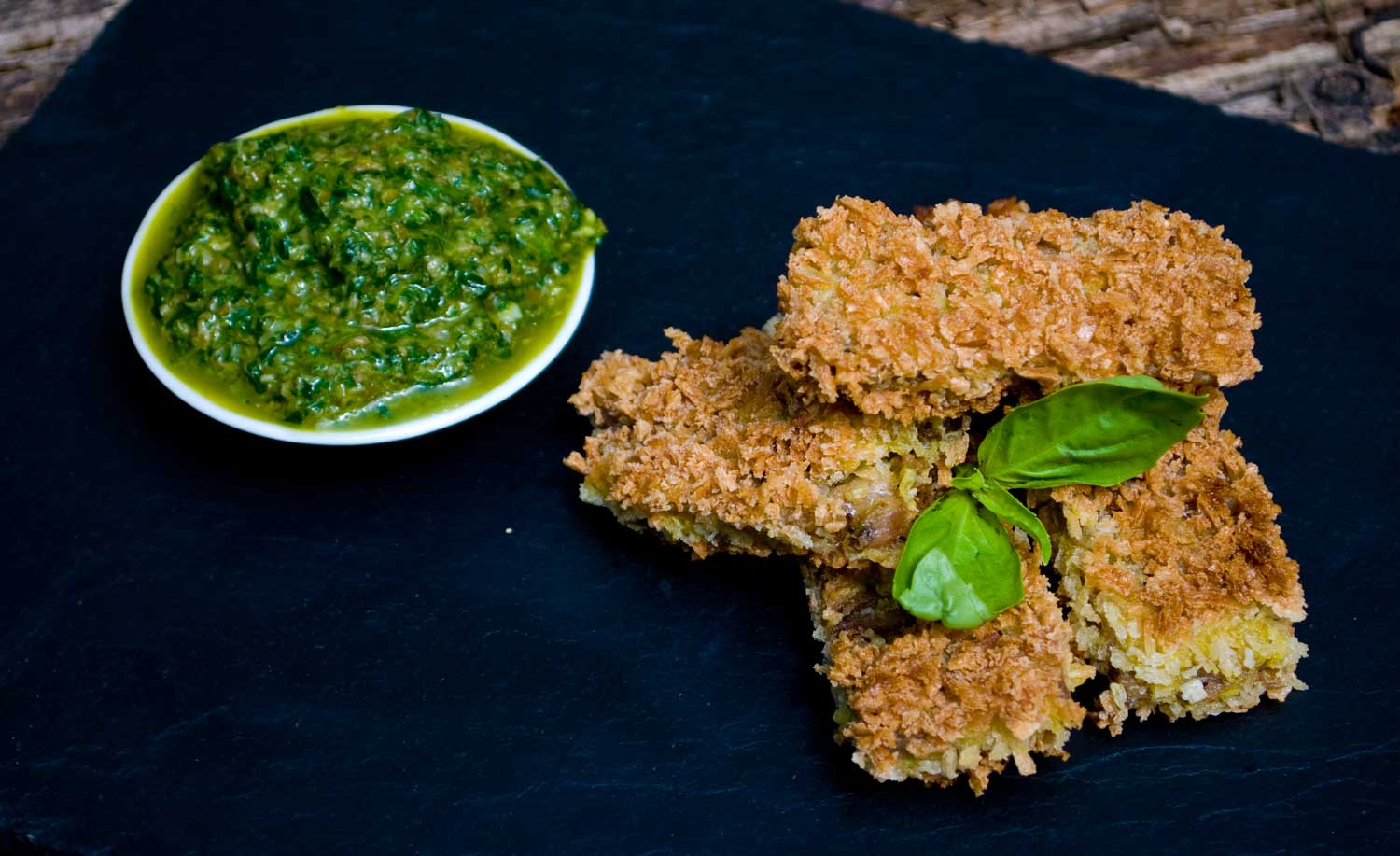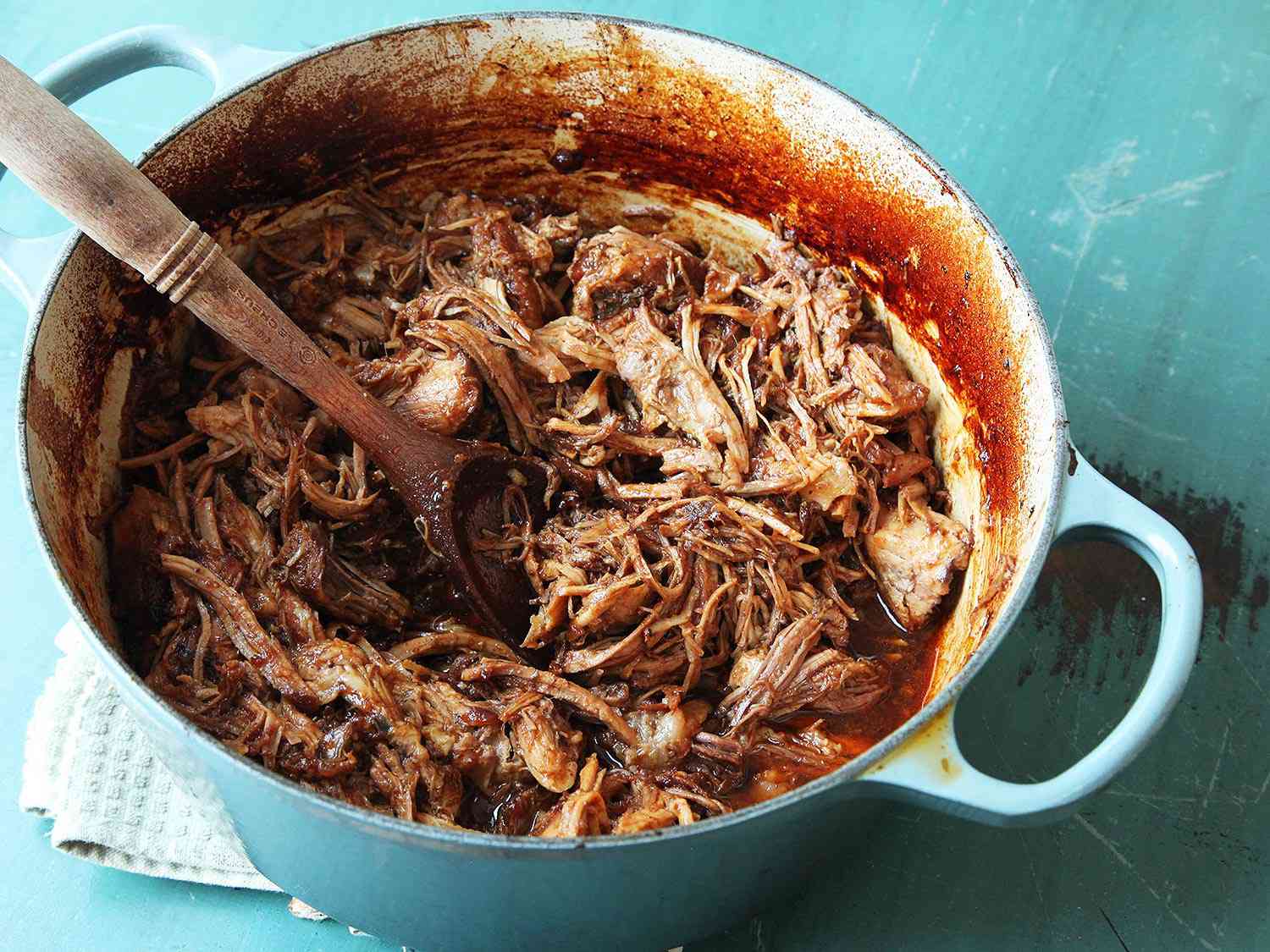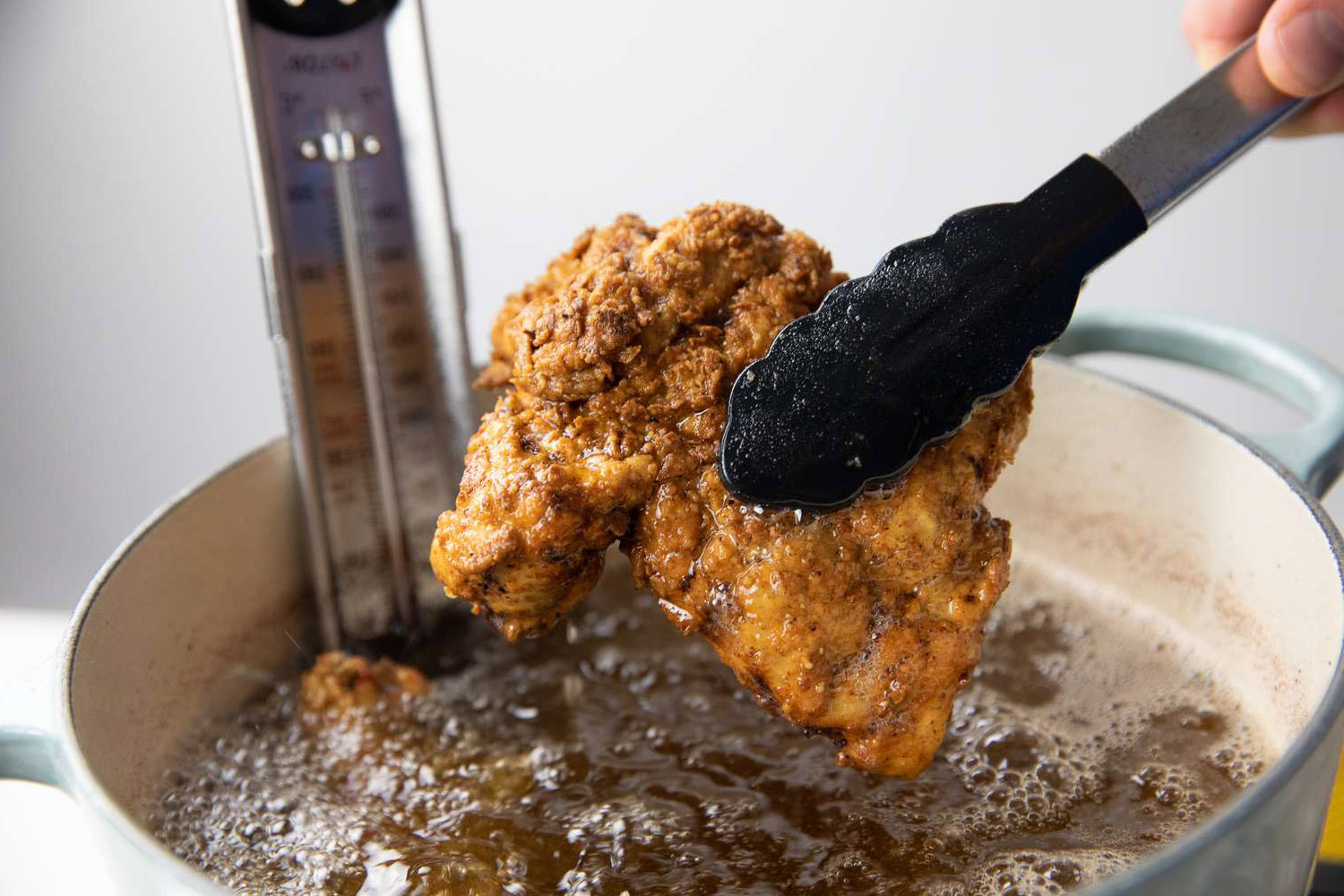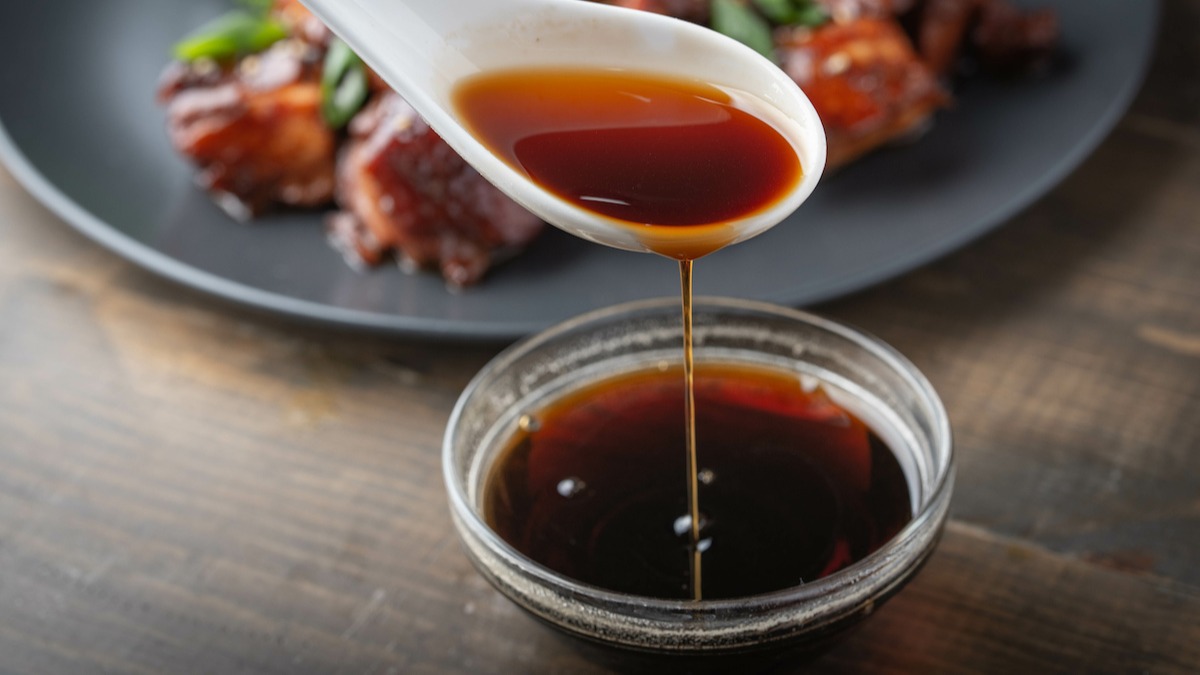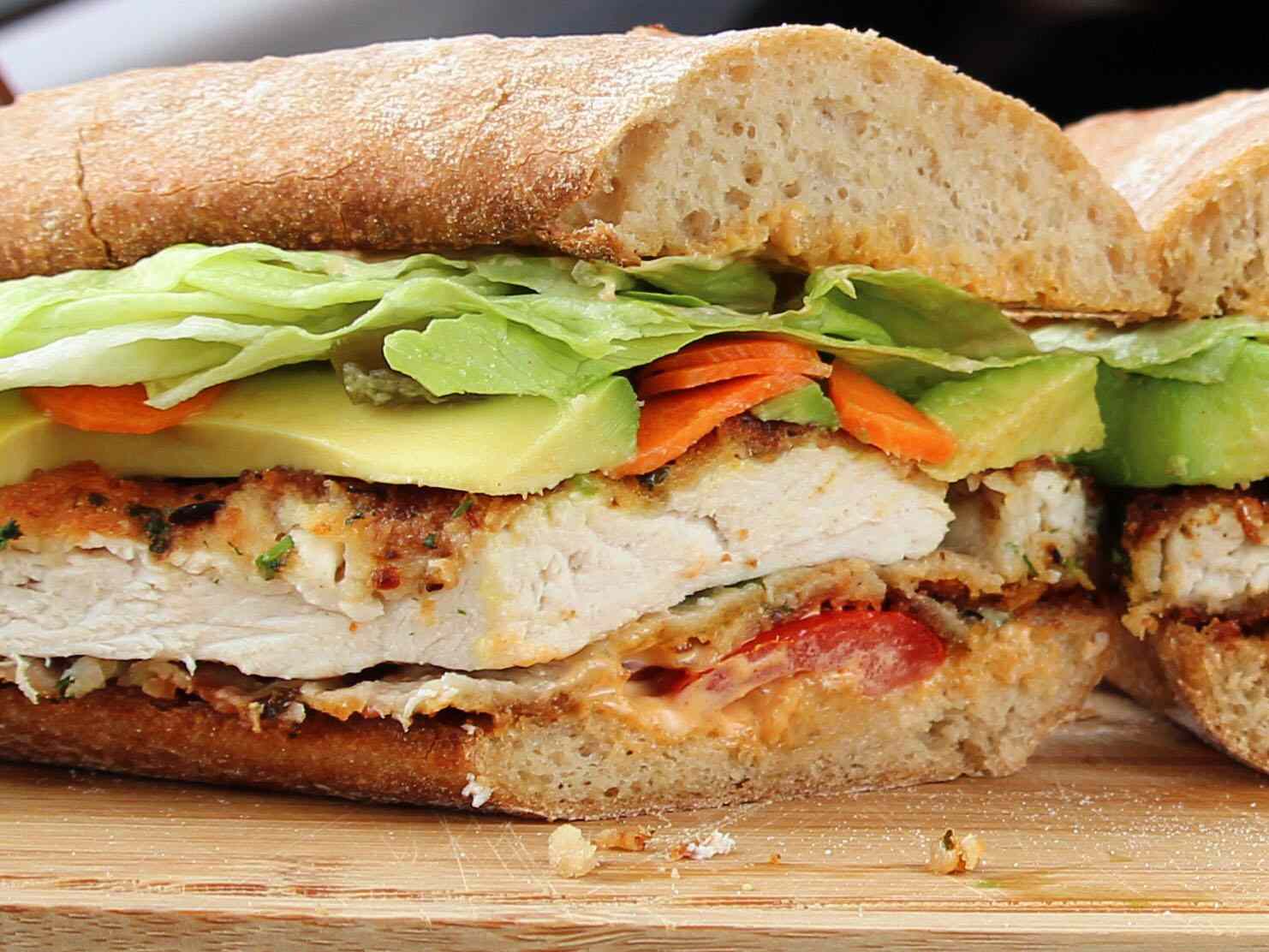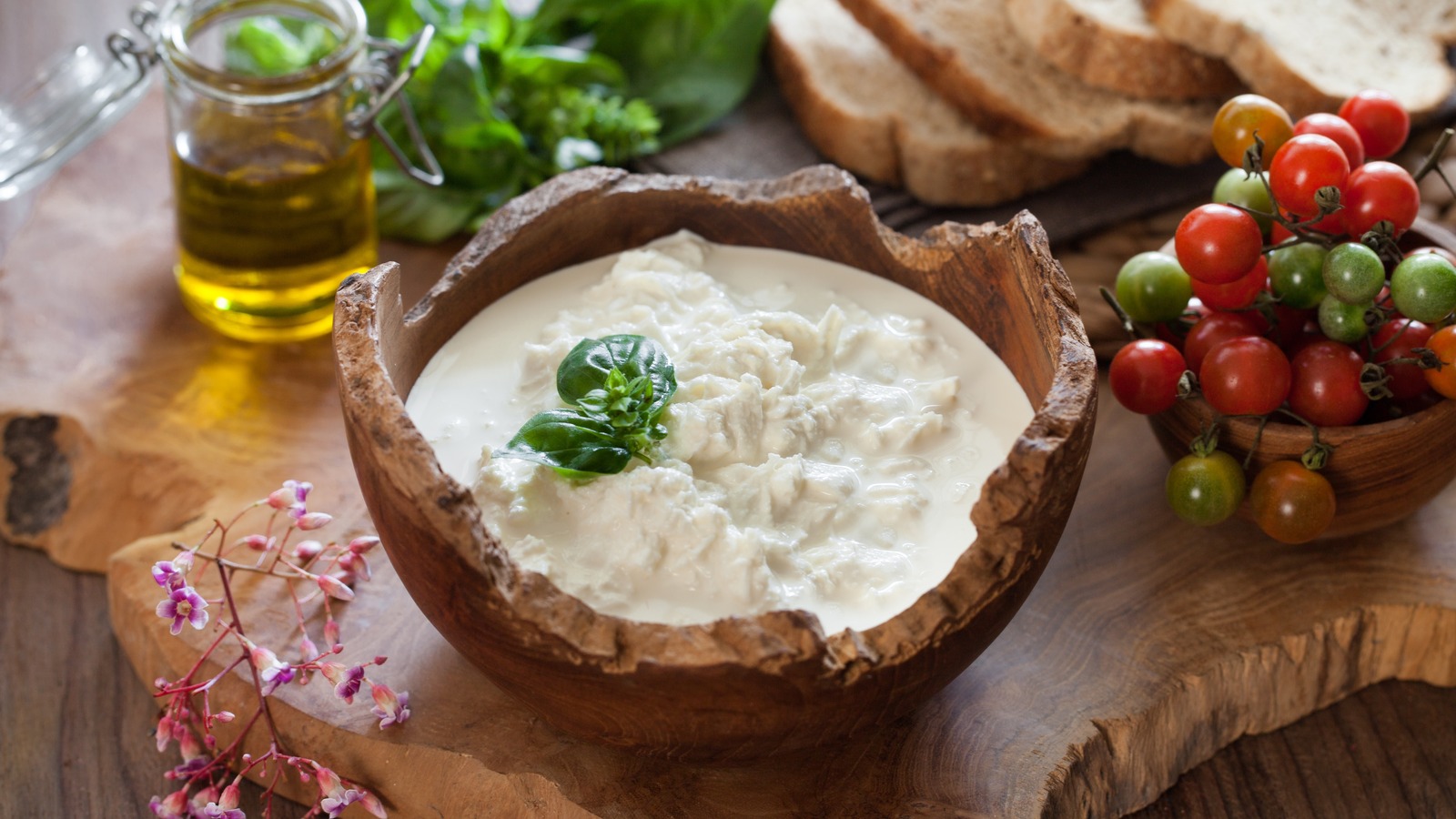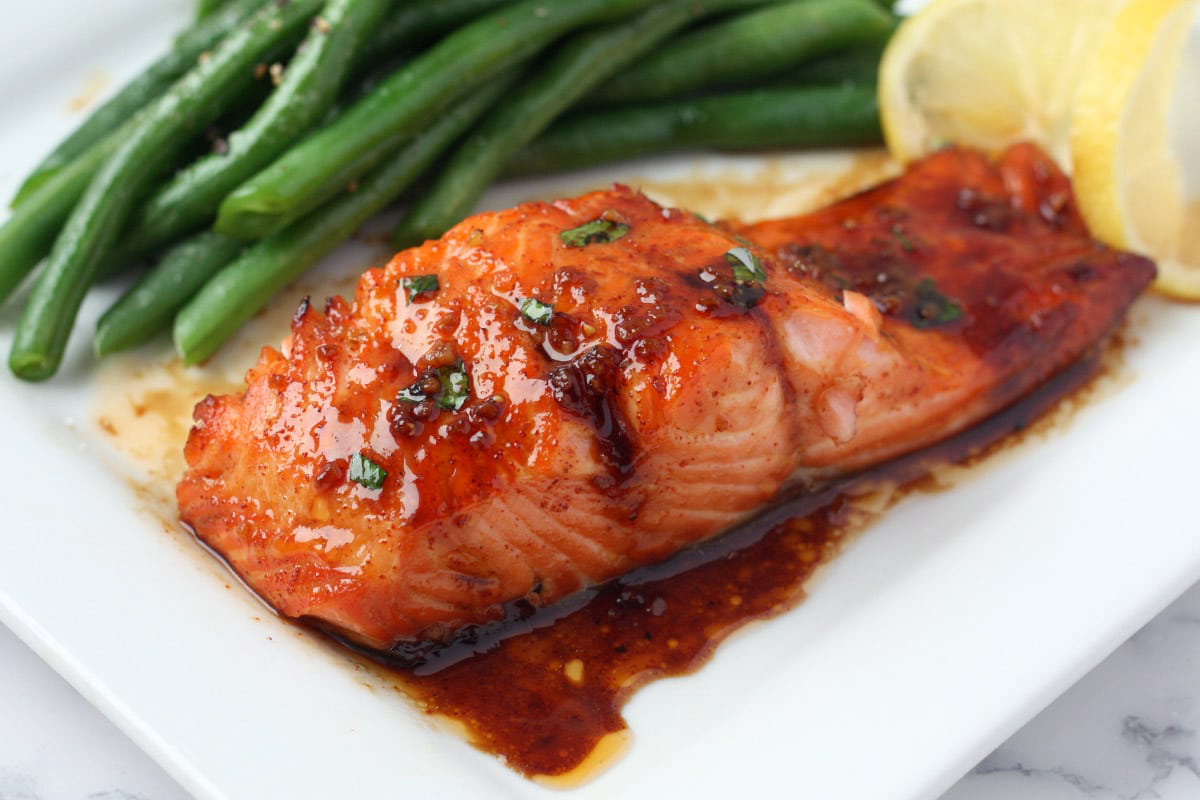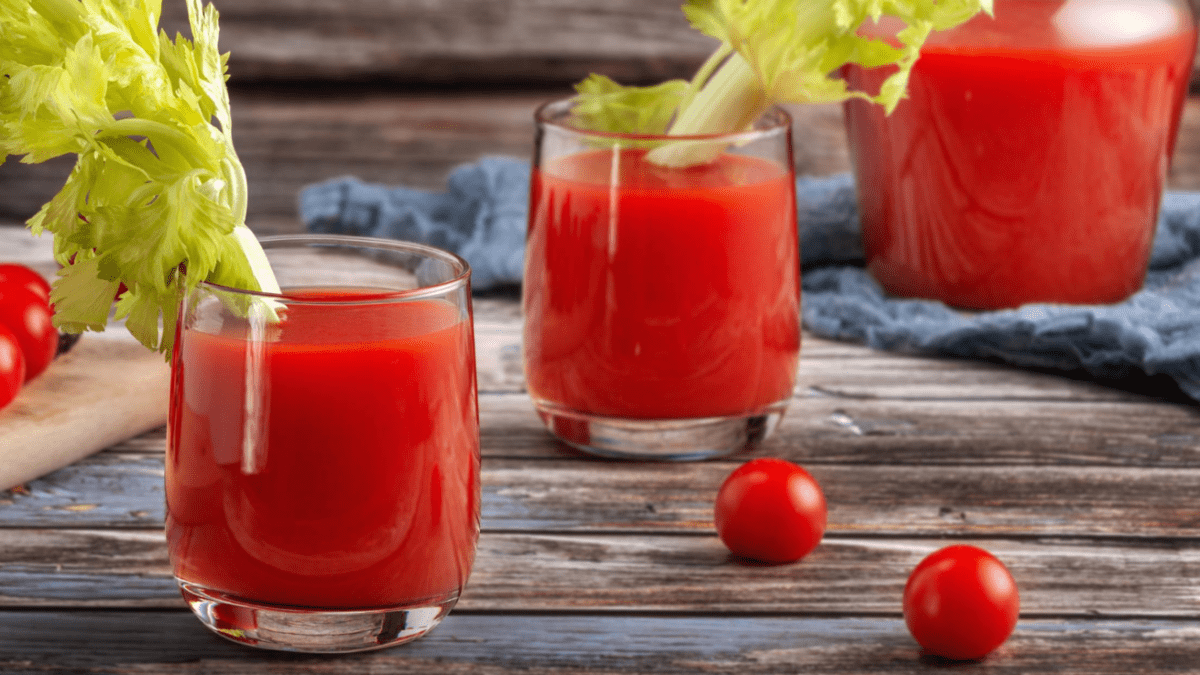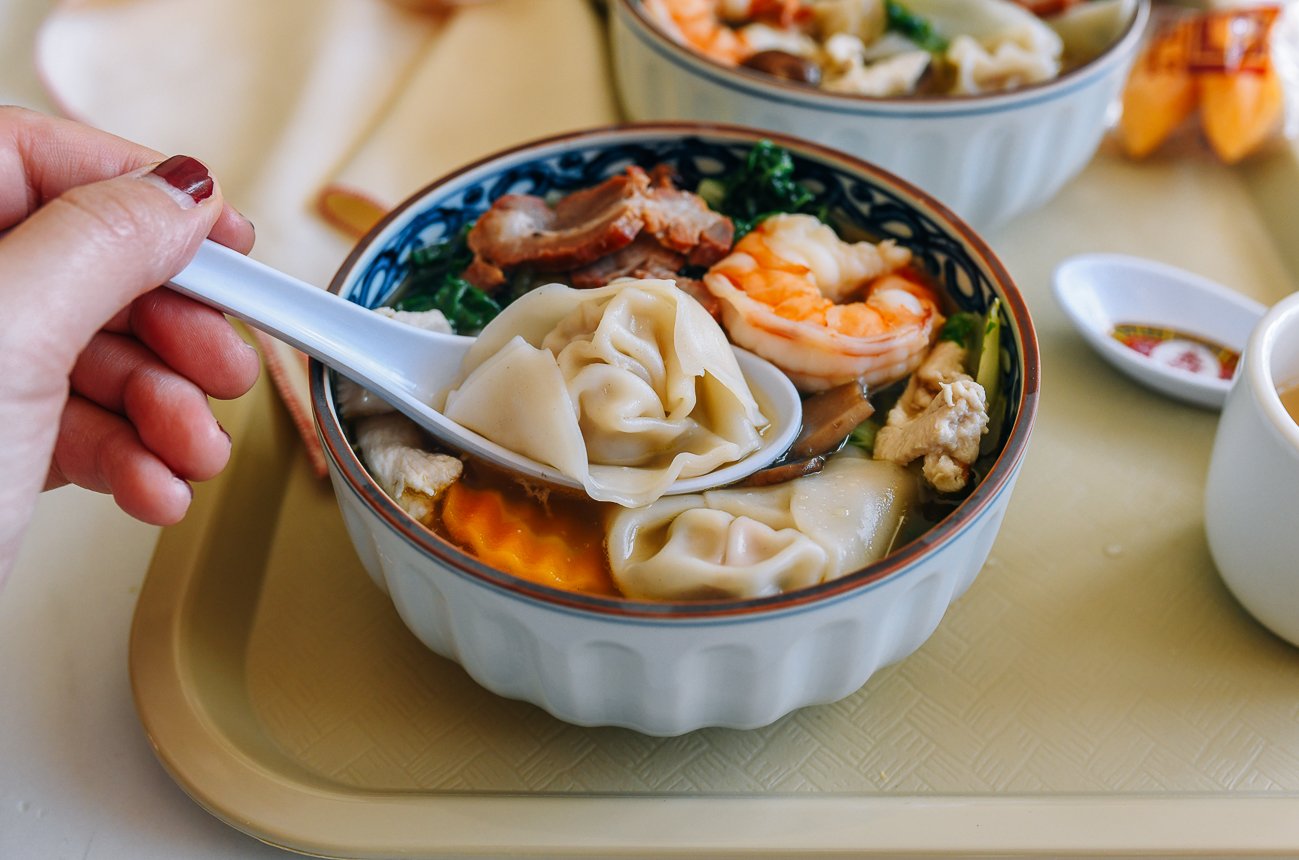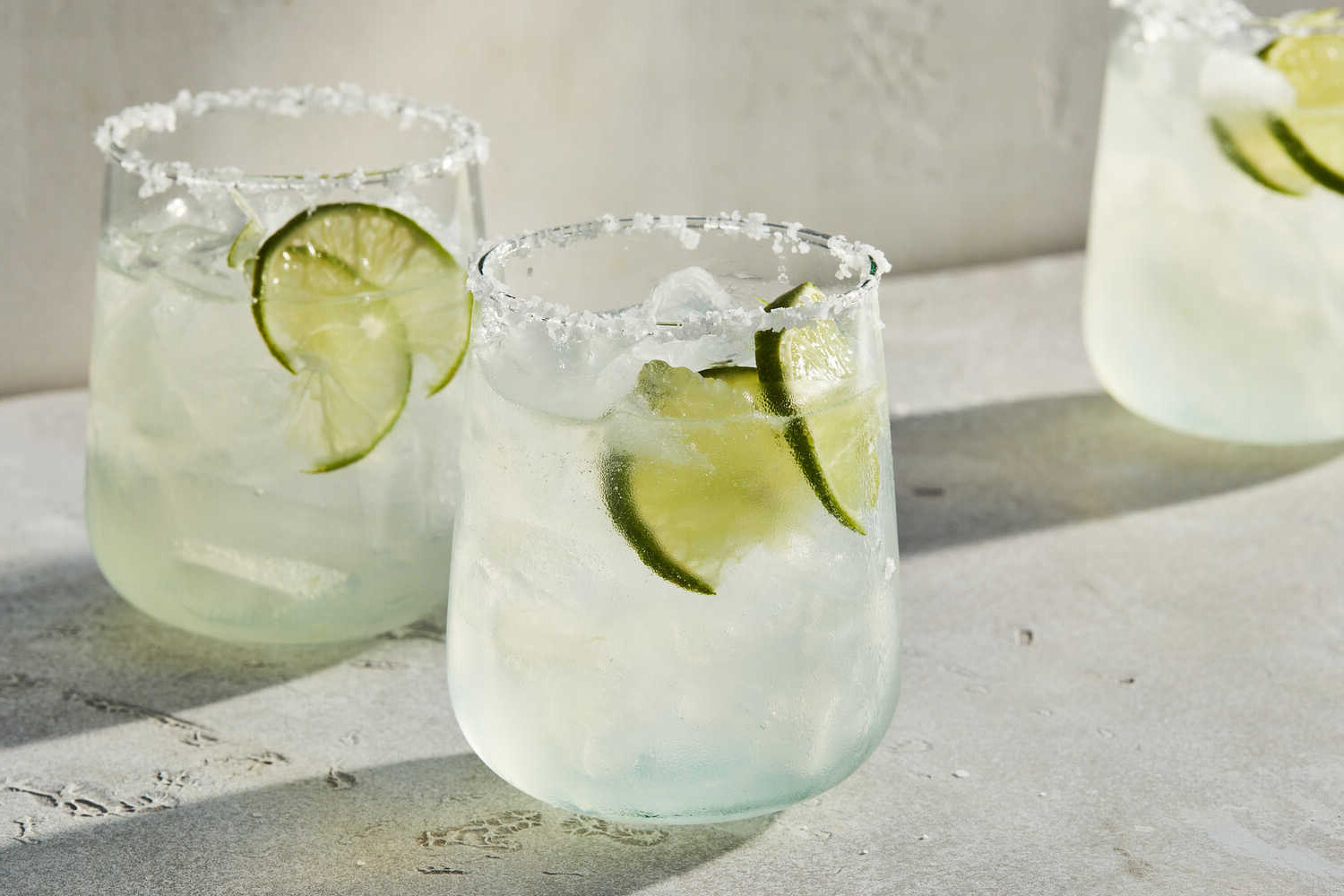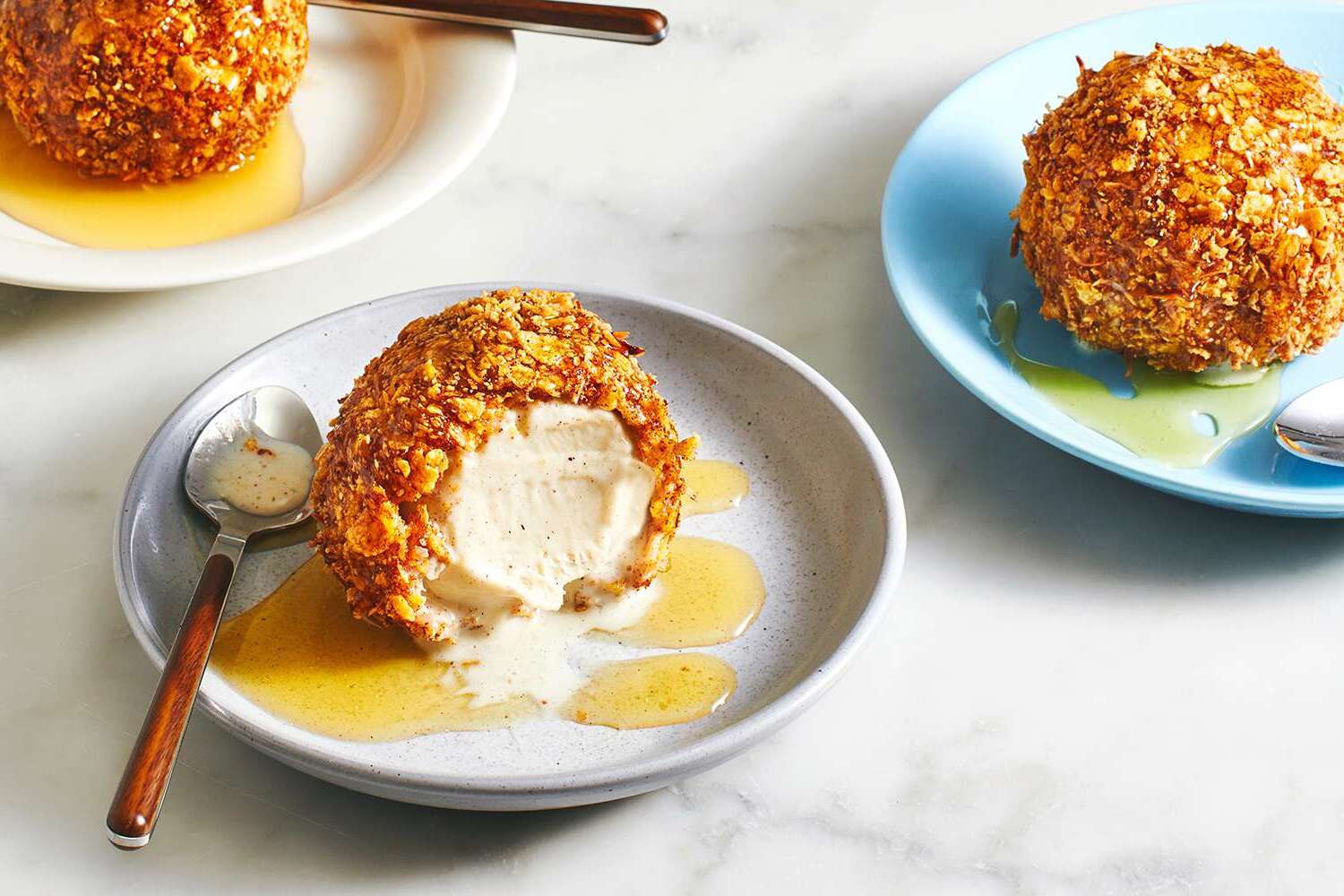Understanding Converted Rice: What You Need to Know
When it comes to rice, there are many different varieties to choose from, each with its own unique characteristics and uses. One type of rice that you may have come across is converted rice. But what exactly is converted rice, and how does it differ from other types of rice? Let’s take a closer look at this interesting variety of rice and explore its features and uses.
What is Converted Rice?
Converted rice is a type of rice that has been processed to improve its nutritional value and shelf life. The process of converting rice involves parboiling the rice in the husk, which helps to retain nutrients in the grain. After parboiling, the rice is then milled to remove the husk, bran, and germ, resulting in the familiar white grains that are commonly seen in stores.
Key Characteristics of Converted Rice
Converted rice has several key characteristics that set it apart from other types of rice:
- Nutritional Value: The parboiling process used in converting rice helps to retain more nutrients in the grain compared to regular white rice. This makes converted rice a healthier option for those looking to incorporate more nutrients into their diet.
- Texture: Converted rice has a slightly firmer texture compared to regular white rice, making it ideal for dishes that require the rice to hold its shape, such as pilaf or fried rice.
- Shelf Life: Due to the parboiling process, converted rice has a longer shelf life compared to other types of rice. This makes it a convenient option for stocking up on pantry staples.
Uses of Converted Rice
Converted rice can be used in a variety of dishes and cuisines, thanks to its versatile nature. Some popular uses for converted rice include:
- Pilaf: The firm texture of converted rice makes it an excellent choice for preparing pilaf, where the grains remain separate and fluffy.
- Fried Rice: The ability of converted rice to hold its shape makes it a great option for fried rice dishes, where the rice is stir-fried with vegetables, protein, and seasonings.
- Casseroles: Converted rice can be used in casseroles and baked dishes, where its texture holds up well during the cooking process.
Conclusion
Converted rice is a unique variety of rice that offers enhanced nutritional value, a firm texture, and a longer shelf life compared to other types of rice. Whether you’re looking to add more nutrients to your diet or seeking a rice variety that holds its shape in various dishes, converted rice is a versatile option to consider. Next time you’re at the grocery store, why not pick up a bag of converted rice and experiment with incorporating it into your favorite recipes?
With its nutritional benefits and culinary versatility, converted rice is a valuable addition to any kitchen pantry.
Was this page helpful?
Read Next: What Is Agedashi Tofu?
